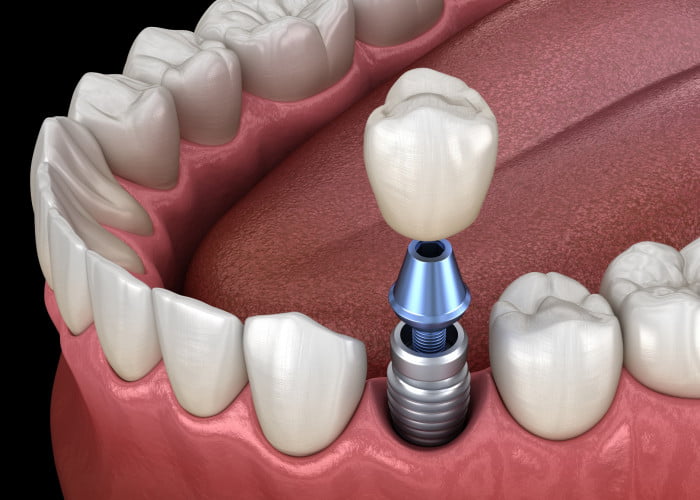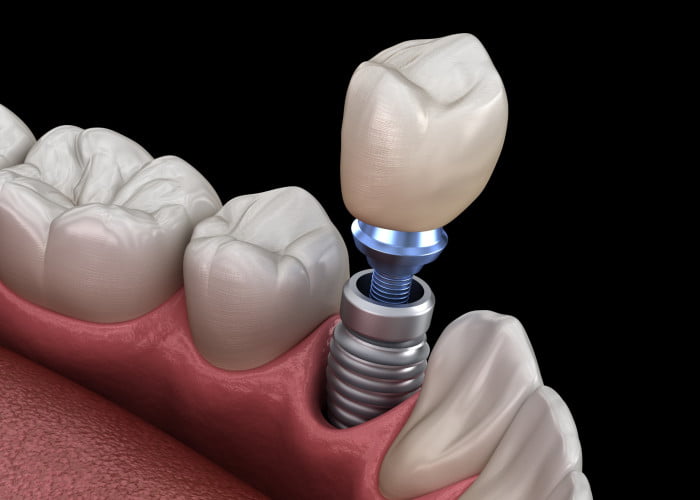Embark on a step-by-step journey of dental implant healing stages with our comprehensive guide. From initial recovery to long-term maintenance, uncover the secrets of a successful implant procedure. Get ready to unveil the process and gain a deeper understanding of what to expect during the healing journey.
What Are the Dental Implant Healing Stages?
The dental implant healing stages refer to the process of recovery and maintenance after a dental implant procedure. There are several stages involved, including the initial healing stage, osseointegration stage, and the final restoration stage. Each stage requires different care and attention to ensure the success of the implant. Understanding the healing stages is crucial for patients to know what to expect during the recovery process and how to take care of their implants in the long term.
Stage 1: Before Implant Placement
Before implant placement, a comprehensive examination and consultation are necessary to assess the patient’s oral health and determine the appropriate treatment plan. During this stage, the dentist will evaluate the patient’s bone structure, take dental impressions, and may require X-rays or a CT scan. This information is used to plan the implant placement and ensure the implant is securely anchored in the jawbone.
Stage 2: After the Implant Post Placement
Once the dental implant post is placed into the jawbone, the healing process begins. During this stage, osseointegration occurs, which involves the fusion of the implant with the surrounding bone tissue. It is crucial to follow proper oral hygiene practices, such as gentle brushing and avoiding strenuous physical activities, to promote successful healing.
-

After the Implant Post Placement
Stage 3: Placing the Abutment
Abutment placement is an important step in the dental implant procedure. After the implant has integrated with the jawbone, the abutment will be attached to the implant. An abutment is a small connector that serves as a base for a crown or bridge.
It is usually made of titanium or zirconia and is screwed onto the implant. Abutment placement requires high precision and accuracy to ensure proper articulation and alignment for the final restoration. Once the abutment is in place, the dentist will take an impression of the patient’s teeth and gums to create a custom crown or bridge. The final restoration will be attached to the abutment, completing the dental implant procedure.
-

Placing the Abutment
Stage 4: Placing the Restoration
Placing the restoration is the final stage of the dental implant process. After the abutment is firmly attached to the implant, a final restoration, such as a crown, bridge or denture, can be placed on top. Restoration is customized to fit the patient’s teeth and gums and is designed to look like a natural tooth. The dentist will ensure that the restoration is correctly aligned and fits comfortably in the patient’s mouth. Once in place, the restoration is secured to the abutment with dental cement or screws.
Read more: How long do dental implant last?
-

Placing the Restoration
Effective Dental Implant Recovery
Effective implant restoration is critical to the long-term success of the implant. After the transplant procedure, the patient must follow specific instructions to ensure the wound heals properly and reduce the risk of complications.Here are some essential tips to promote effective healing:
Take Plenty of Rest
After a dental implant procedure, patients need to get enough rest to ensure their body has time to recover. Patients should also avoid stressful physical activities and should get enough sleep to minimize negative effects on recovery.
-

Take Plenty of Rest
Follow Your Dentist’s Instructions
The dentist will provide the patient with a list of instructions and advice on oral care and the restorative process. Patients should follow all of these guidelines to ensure smooth recovery and best results. These guidelines may include getting enough rest, avoiding stressful activities, maintaining a healthy diet, and taking care of proper oral hygiene. By following the dentist’s instructions, patients can minimize the risk of complications and achieve the best restorative outcomes.
-

Follow Your Dentist’s Instructions
Guard Blood Clots Immediately After Surgery
Patients need clot protection to ensure a smooth recovery. Patients should avoid chewing or pricking blood clots with their teeth or other hard objects, avoid using a straw, and avoid pulling teeth or scratching the surrounding area. Protecting the blood clot will help reduce the risk of infection and ensure a smooth recovery.
-

Guard Blood Clots Immediately After Surgery
Apply Ice
Use ice to reduce swelling and discomfort during the initial recovery phase. Patients may use ice as directed by their dentist or oral surgeon. The use of ice will help reduce swelling and reduce pain during the initial recovery phase. However, patients should be careful not to let the ice pack come into direct contact with the skin or mucous membranes for a long time, as this can cause damage to soft tissues.
-

Apply Ice
Follow Up With The Dentist On Schedule
Patients need to fully adhere to the schedule of follow-up visits set by the dentist to ensure a smooth recovery process and achieve the best results. During the follow-up visit, the dentist will check the condition of the graft and give appropriate instructions and treatment if necessary. Patients can also discuss with their dentist any questions or concerns regarding their recovery. Keeping track of your follow-up appointments with your dentist is important to ensure a smooth recovery and minimize the risk of graft-related problems.
-

Follow Up With The Dentist On Schedule
Contact Dentist For Life To Learn More About Implant Dentistry
If you are considering dental implants or have further questions about the dental implant healing stages, reach out to Dentists in Marysville. Our experienced team can provide you with the necessary information and guidance to make informed decisions about your oral health. Schedule a consultation today to explore the benefits of implant dentistry.



